Animals That Live in Canada
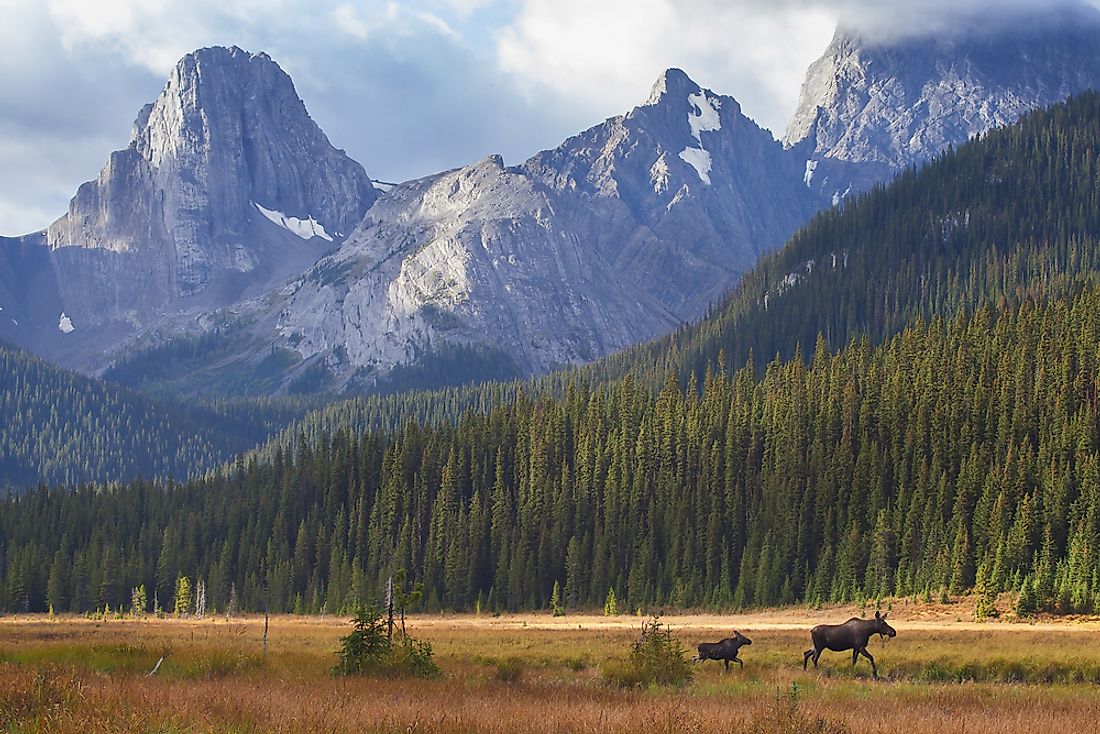
Canada is the second-largest country on earth covering an area of about 344,080 square miles. The country's large size enables it to harbor a variety of animal species. Some of the animals were introduced or migrated to the country while some including more than 200 species of mammals are native. The following are some of the native animals of Canada.
10. Least Weasel
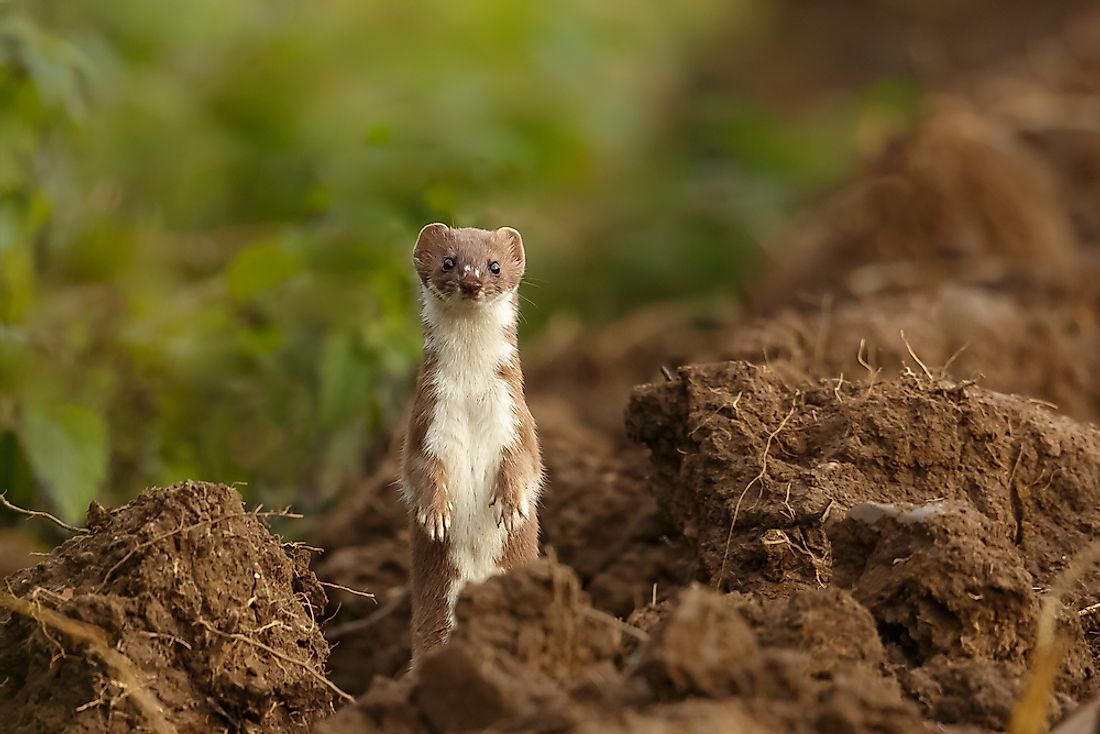
The least weasel is native to North America, North Africa, and Eurasia. The small, long-bodied, carnivorous mammal inhabits parts of Quebec, British Columbia, and northern Ontario. They are found in coniferous forests, meadows, and woodlands. Both the short-tailed and long-tailed weasel feed on mice, insects and other small mammals and are therefore important to farmers except when they feed on domesticated birds and poultry.
9. Elk
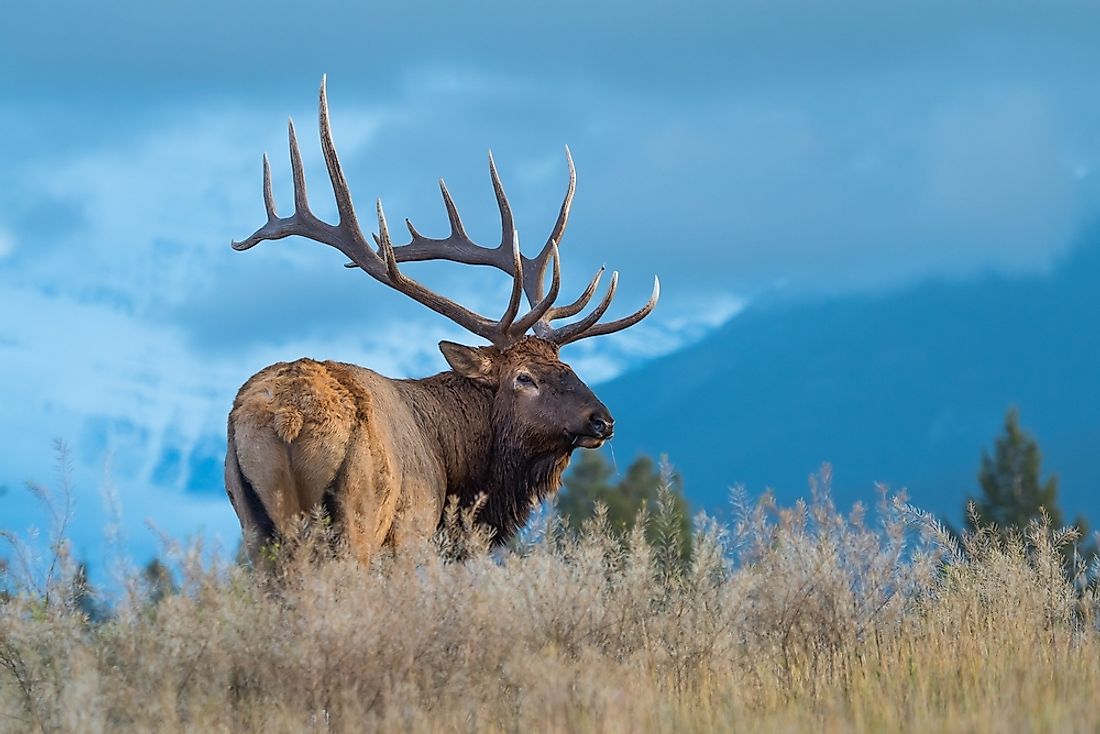
The North American elk or wapiti is native to North America. Their range extends across British Columbia, southern Ontario, southern Quebec, and the prairies of Alberta, Saskatchewan, and Manitoba. They are relatively social animals and can be found in herds of 100 or more members. Although they prefer open country, today’s elk can be found in forests and parkland regions. They are versatile animals that can cover several hundred square miles in search of pasture, water, and mating partners. During the summer, they prefer high country and migrate to valleys during the winter.
8. Raccoon
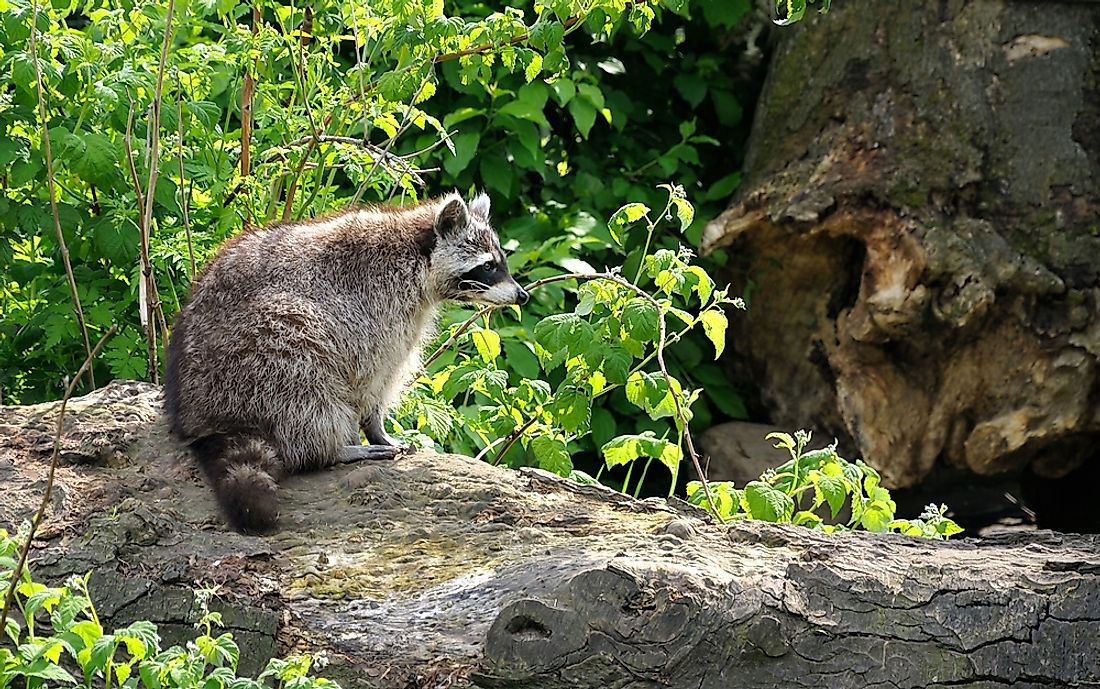
The raccoon is native to North America. They are found all in American states and the Canadian provinces of British Columbia, Alberta, Ontario, Manitoba, Saskatchewan, and Quebec. Raccoons are attracted to human settlement, and they coexist with humans. Young raccoons, in particular, enjoy human company although they became independent as they age. They are agile climbers and strong swimmers but will avoid water at all cost. They are nocturnal.
7. Grizzly Bear
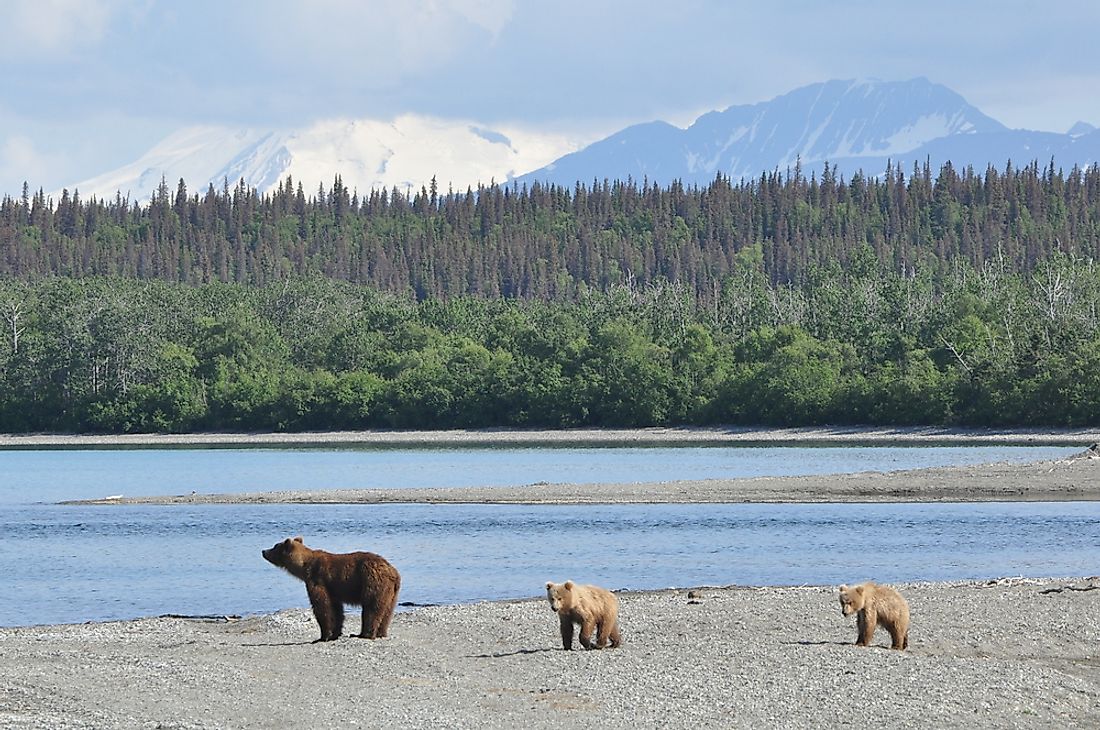
The Grizzly bear or the North American brown bear is native to North America. About 25,000 roam across Alberta, B.C, Yukon, Northwest Territories, Nunavut and northern Manitoba. They are solitary animals with each bear occupying a territory. They are not fiercely territorial, and territories sometimes overlap. Their habitats include dense forests and alpine meadow. The grizzly bear is an omnivorous animal but prefers feeding on flesh, its primary source of the meat is spawning salmon, it is also known to visit campsites in search of leftovers left behind by campers.
6. Northern River Otter
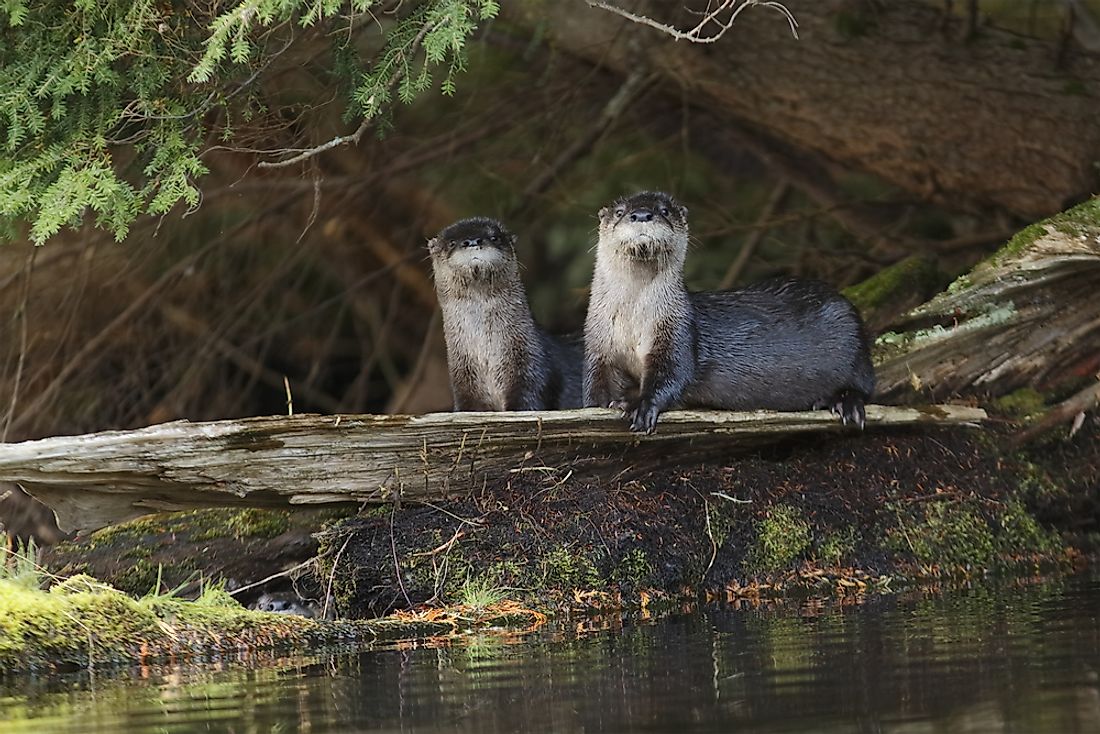
The North American otter inhabits the entire North American continent except for arid and semiarid environments. They live close to freshwater bodies such as rivers, marshes, swamps, estuaries, and ponds but they can also be found along the coastline. They are tolerant to warm and cold temperature in both high and low elevations. The preference of aquatic environment makes them strong swimmers but are highly intolerant to polluted waters. They feed on small fish, insects, amphibians, and crustaceans.
5. Wolverine
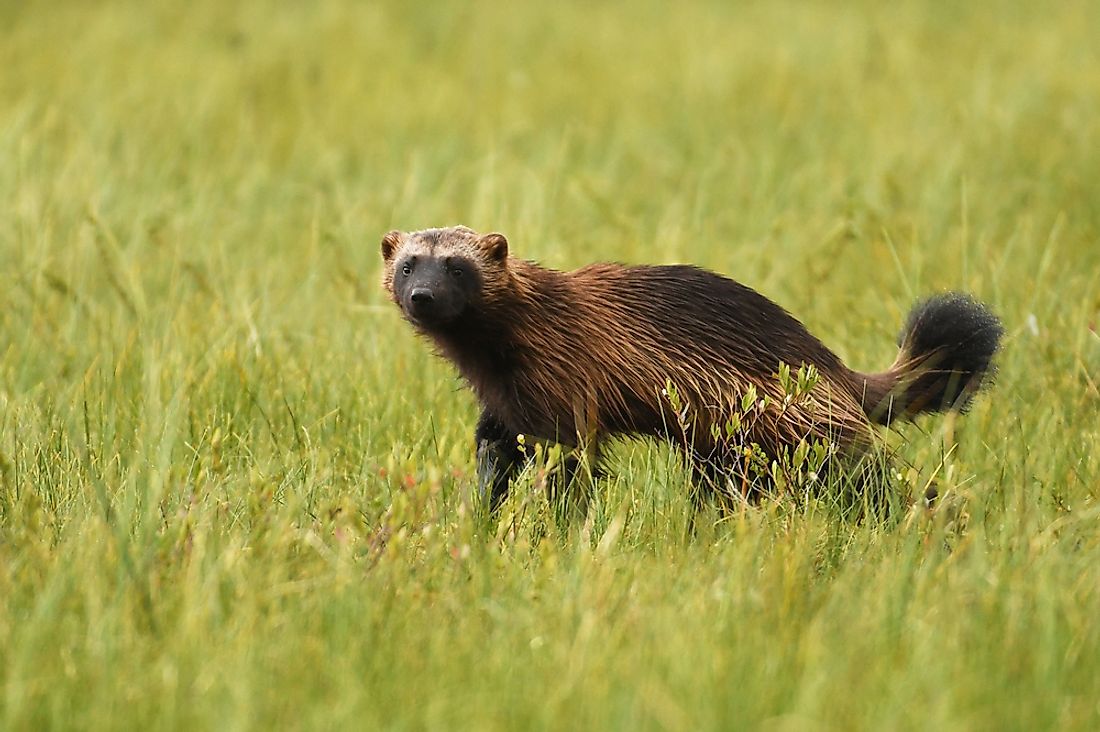
The wolverine is found in the subarctic, boreal forests and alpine tundra of Alaska, and the Canadian provinces of Yukon, and the northern part of Northwest Territories and Nunavut. The wolverine is a shy and elusive animal, it is rarely seen in the wild unless near its den. It is constantly on the move in search of food and new habitat. The mammal prefers eating meat, but also feed on fruits and plants. It is known to be an opportunistic animal that eats carcasses and dig into burrows to eat hibernating animals.
4. Moose
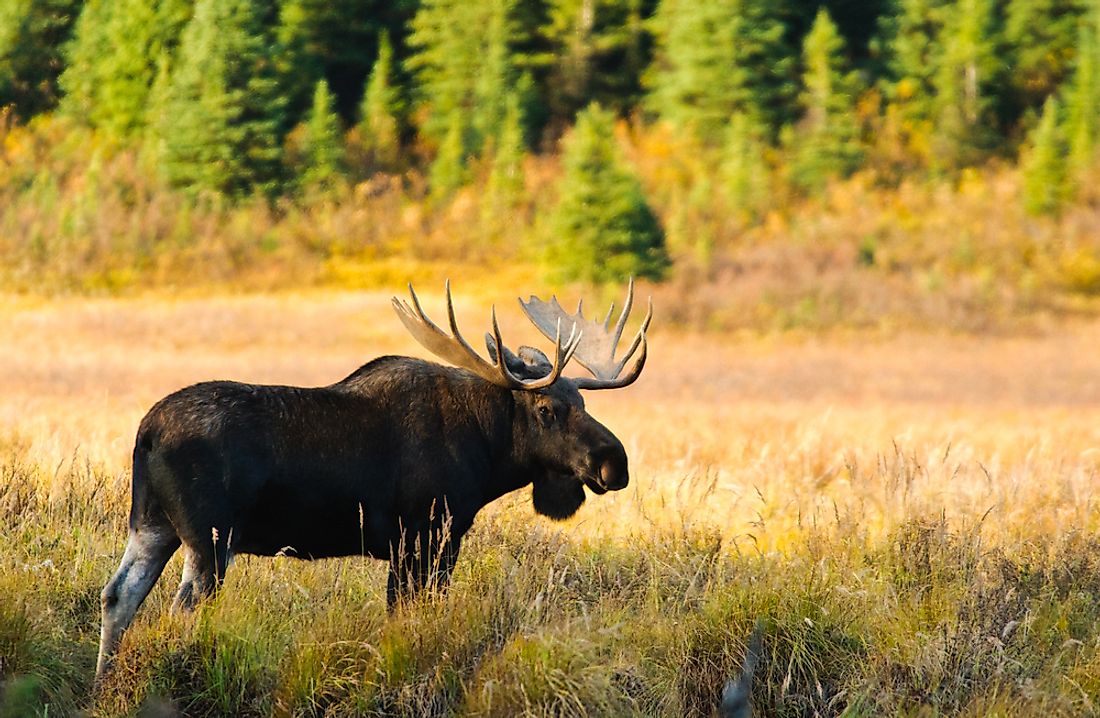
Moose are found in every corner of Canada, from the eastern edge of Newfoundland and Labrador to Yukon border with Alaska. They are mostly found in national parks across the country but avoid the low-temperature regions although they are tolerant to cold weather. They are versatile animals that can happen across different terrain including deadfall trees and snow. Their preferred habitat is along lakes, riverbanks, and wooded hillsides.
3. Porcupine
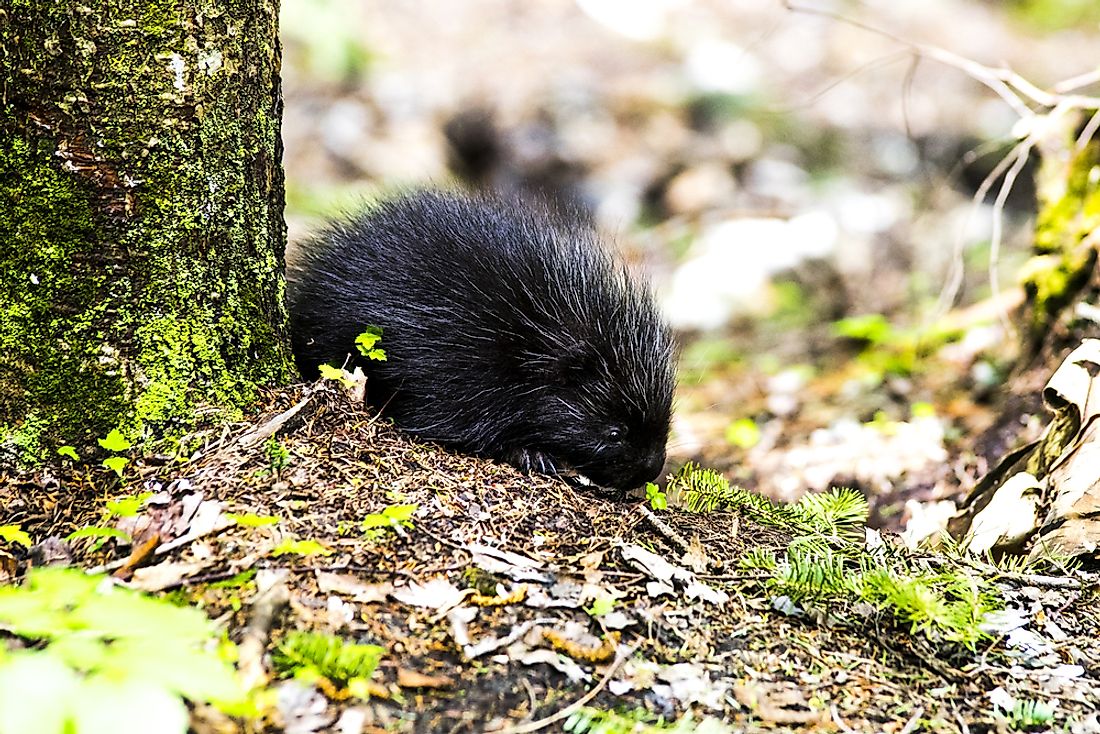
Porcupines are found across the entire North American continent. They are spread across the entire country except for the northern parts of Nunavut and Northwest Territories. The inhabit river banks, undergrowth, rocky environments, fallen logs, caves, and trees. They feed on shrubs, water plants, and anything that is salty. When threatened the porcupine will run away or pose in a defensive gesture by contracting its muscles to harden the quills.
2. Beaver
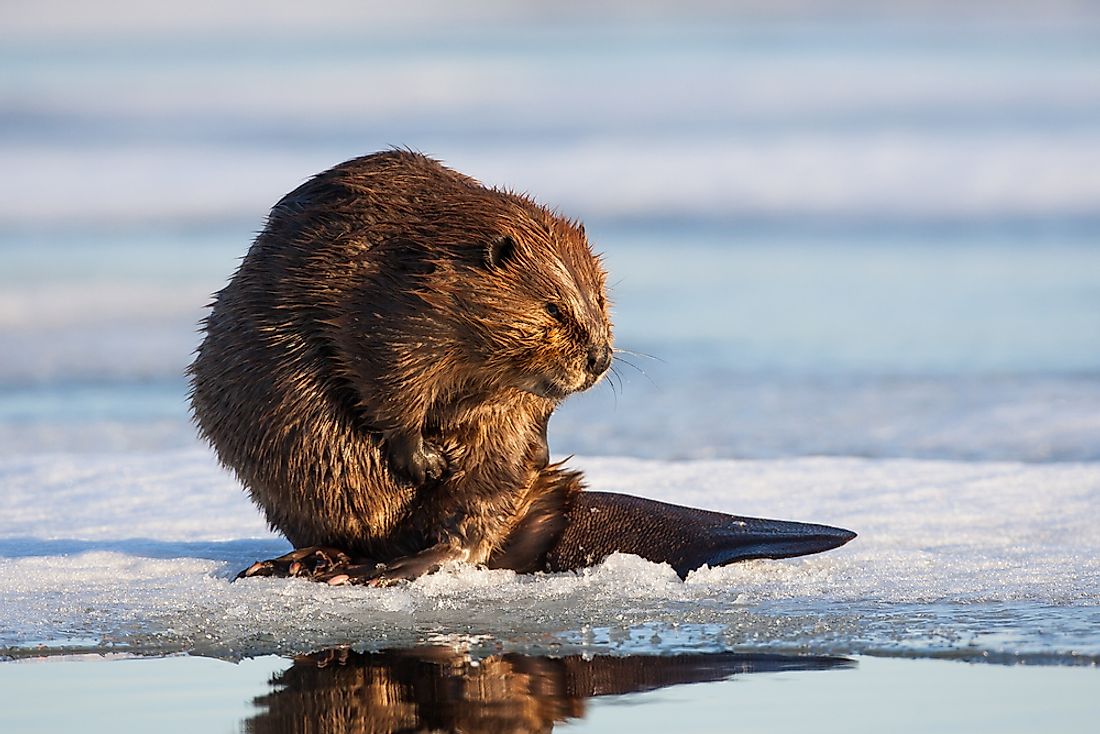
Beavers are found in forests across the country they prefer the tree line while avoiding the prairies. The inhabit slow-flowing streams where they build dams made of sticks, muds, logs, and debris. Beavers are known to shape their environments to suit their needs. They spend a lot of time in aquatic environments but reside on land during the night and when resting. Dams provide the beavers which food include barks, leaves, and aquatic plants. The beaver is the national animal of Canada alongside the Canadian horse.
1. Striped Skunk
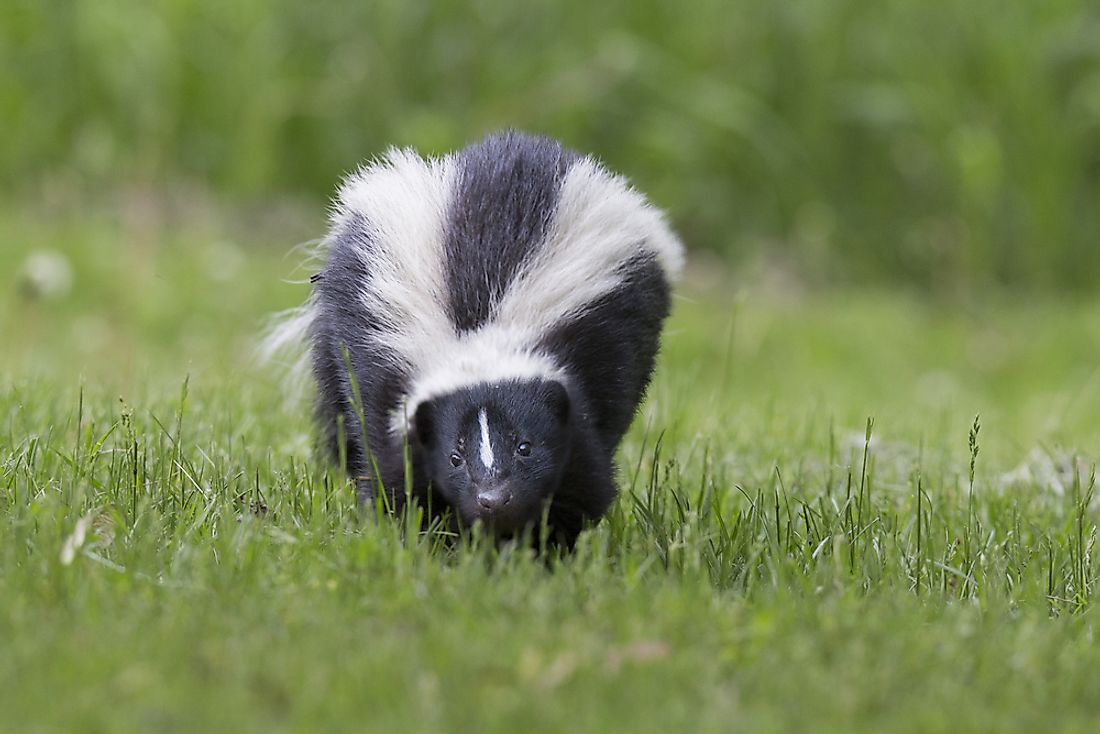
The striped skunk is found across Canada from Nunavut, the Northwest Territories the Maritimes to West-Central B.C. They prefer living in mixed forest and grassland especially in abandoned dens, porches, stumps, and cellars. They are nocturnal animals that only hunt at night and stick very close to their homes except for the mating season where the males can travel for up to five miles in search of females.







